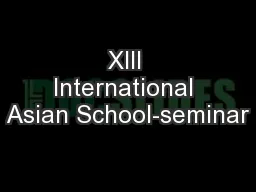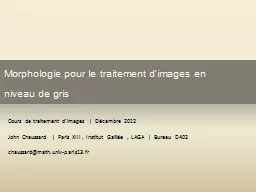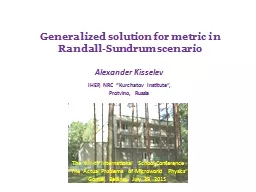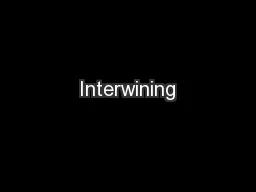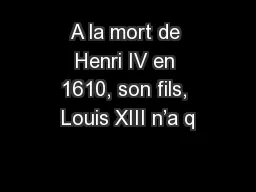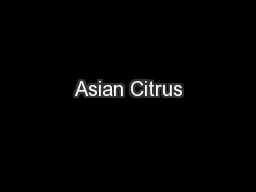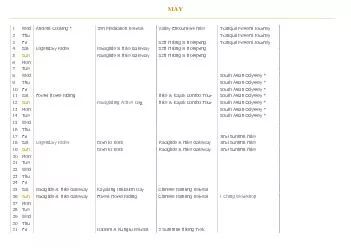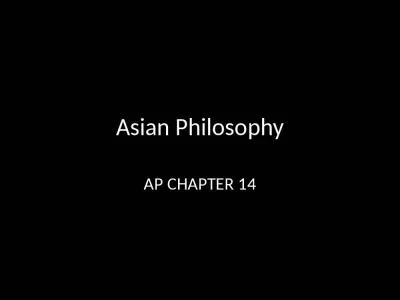PPT-XIII International Asian School-seminar
Author : aaron | Published Date : 2018-03-13
Problems of complex systems optimization Yermolenko DV Kabanikhin S I Krivorotko O I NUMERICAL METHODS FOR SOLVING OPTIMIZATION PROBLEMS FOR THE MATHEMATICAL
Presentation Embed Code
Download Presentation
Download Presentation The PPT/PDF document "XIII International Asian School-seminar" is the property of its rightful owner. Permission is granted to download and print the materials on this website for personal, non-commercial use only, and to display it on your personal computer provided you do not modify the materials and that you retain all copyright notices contained in the materials. By downloading content from our website, you accept the terms of this agreement.
XIII International Asian School-seminar: Transcript
Download Rules Of Document
"XIII International Asian School-seminar"The content belongs to its owner. You may download and print it for personal use, without modification, and keep all copyright notices. By downloading, you agree to these terms.
Related Documents

